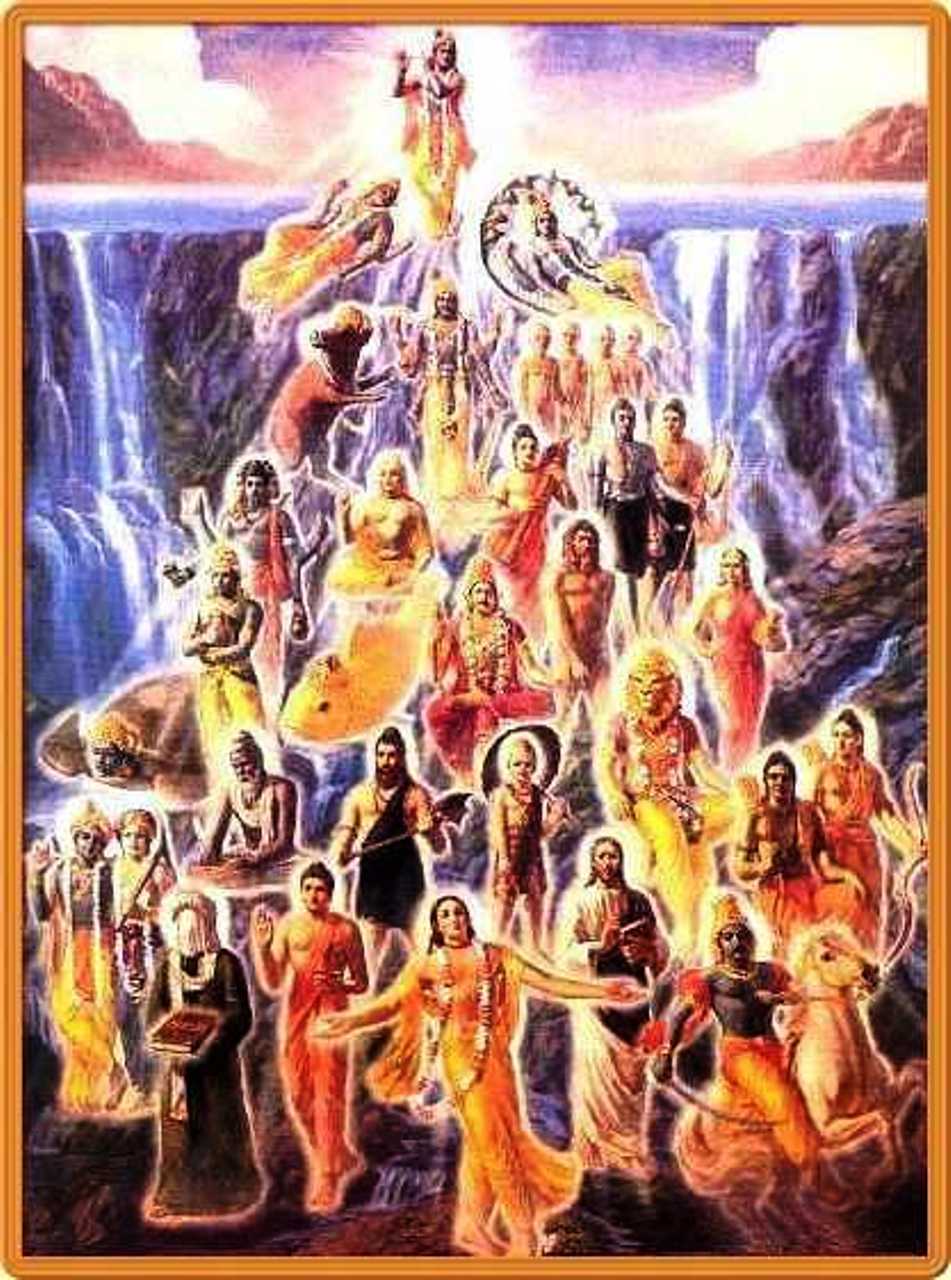Tulsidas is believed to be a reincarnation of Valmiki. In the Hindu scripture Bhavishyottar Purana, the god Shiva tells his wife Parvati how Valmiki, who got a boon from Hanuman to sing the glory of Rama in vernacular language, will incarnate in future in the Kali Yuga (the present and last Yuga or epoch within a cycle of four Yugas).
Devanagari
Devanagari
वाल्मीकिस्तुलसीदासः कलौ देवि भविष्यति ।
रामचन्द्रकथामेतां भाषाबद्धां करिष्यति ॥
IAST
vālmīkistulasīdāsaḥ kalau devi bhaviṣyati ।
nrāmacandrakathāmetāṃ bhāṣābaddhāṃ kariṣyati ॥
“ O Goddess [Parvati]! Valmiki will become Tulsidas in the Kali age, and will compose this narrative of Rama in the vernacular language. Bhavishyottar Purana, Pratisarga Parva, 4.20. ”
Nabhadas wrote in the Bhaktamal (literally, the Garland of Saints) that Tulsidas was the incarnation of Valmiki in the Kali Yuga. The Ramanandi sect believes that it was Valmiki himself who incarnated as Tulsidas in the Kali Yuga.
According to a traditional account, Hanuman went to Valmiki several times to hear him sing the Ramayana, but Valmiki turned down the request saying that Hanuman being a monkey was unworthy of hearing the epic. After the victory of Rama over Ravana, Hanuman went to the Himalayas to continue his worship of Rama. There he scripted a play version of the Ramayana called Mahanataka or Hanuman Nataka engraved on the Himalayan rocks using his nails. When Valmiki saw the play written by Hanuman, he anticipated that the beauty of the Maha Nataka would eclipse his own Ramayana. On Valmiki's request, Hanuman cast all the rocks into the ocean, some parts of which are available today as Hanuman Nataka.After this, Valmiki was instructed by Hanuman to take birth as Tulsidas and compose the Ramayana in the vernacular.
